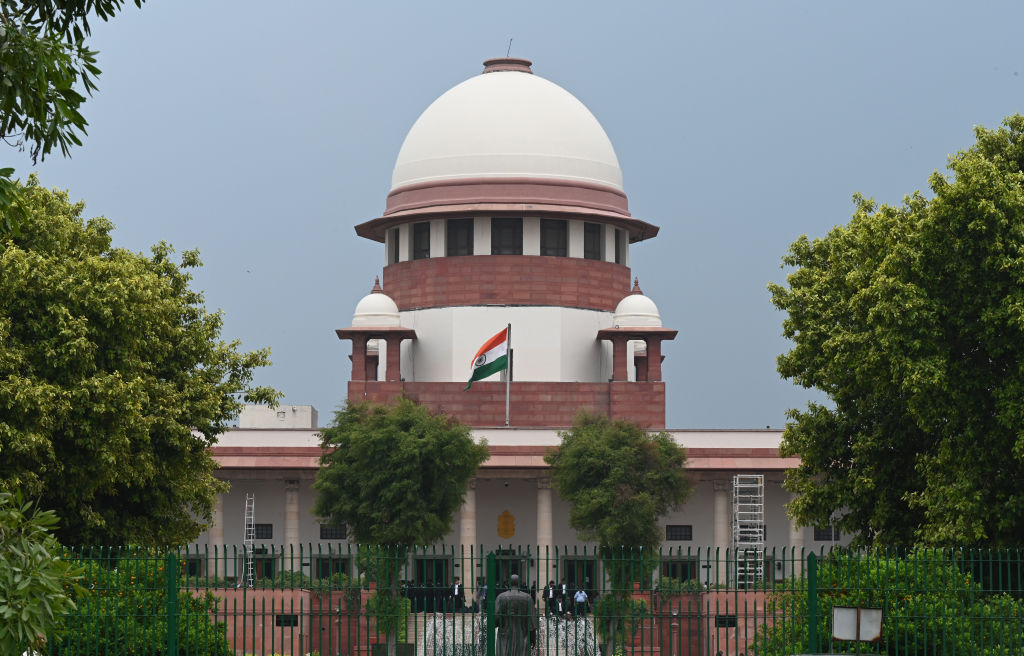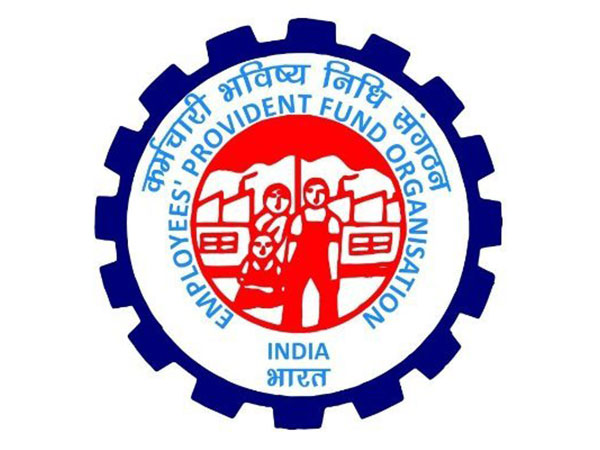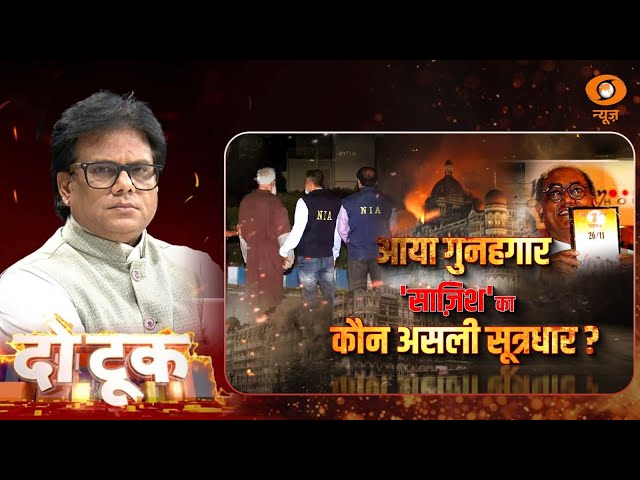The Waqf Amendment Act (2025) made its way to the apex court, as several petitions challenge the constitutionality of the new law. After 12 years, the Waqf framework has undergone significant legal changes, with the last set of amendments introduced in 2013 to the principal act of 1995. Before 1995, the Nehru government introduced the Waqf Act of 1954, thus repealing every single law that was made during British rule.
The Supreme Court, in its observations, was fixated on the ‘Waqf by User’. A classic case of missing the forest for the trees, perhaps. Even the legal team, representing the Waqf side, was overtly keen on debating the ‘Waqf by User’ clause. Ironically, the legal team of the Waqf side included a sitting Rajya Sabha parliamentarian. Should the ‘Waqf by User’ properties remain, or should they be confiscated altogether is the million-dollar question everyone is asking.
Before making sense of the observations and objectives of the apex court and the government, it is important to understand the legal framework in which ‘Waqf by User’ thrived. Put simply, ‘Waqf by User’ means ‘verbal declarations. Land parcels or properties that were assumed to be used for religious purposes and charitable purposes could be proclaimed as Waqf properties. No documentation, no deed, and no paperwork were necessary. The ’assumption’ part, while being subjective, was also ambiguous in its interpretation, thus opening Pandora’s box for land disputes.
Seven years after the creation of East and West Pakistan, in 1954, the Nehru Government introduced the Waqf Act, which included the theological concept of ‘Waqf by User’. Hindus and Sikhs, amongst hundreds of other minority communities, had given up their lands in a bloodied partition for Pakistan, where Muslims could live as per their customs. Yet, India’s first Prime Minister desired a law that would create another social partition within India based on real estate.
Over the next forty years, scattered deliberations around the Waqf Act continued. The government attempted another set of amendments in 1984, but it took another decade for the formulation of the 1995 Act. Introduced under the PV Narasimha Rao government, the new act included the contentious Section 40.
Section 40 of the Waqf Act, 1995, empowered Waqf Boards to unilaterally determine if a property was Waqf property, granting them significant authority to collect information and conduct inquiries without judicial oversight. This provision allowed the Board to declare properties, including those registered under other laws like the Indian Trusts Act, 1882, as Waqf after inquiry, with decisions final unless modified by a Waqf Tribunal. Further, the decision of the tribunal was also declared final in the 1995 Act, leaving the victims without any legal escape route.
This legal thrust empowered the Waqf ecosystem. Combining the concept of ‘Waqf by User’ and Section 40, the Waqf Boards across states could now claim land parcels easily. The Modi Government, through the 2025 amendments, omitted Section 40 altogether. Even the legal team representing the petitioners did not challenge the omission of Section 40.
In 2013, the law was further tweaked to give more thrust to the Waqf ecosystem. The definition of those making a dedication to the Waqf was changed to include all non-Muslims. The definition of encroachers was also changed to include government properties. This is where the Waqf Boards started becoming a nightmare for the government and Hindus, amongst other minority communities (Jain, Sikhs, Buddhists, Parsis, Christians, etc).
In the final months of the Congress government, when the communal violence bill and the minority sub-quota for Muslims were attempted, without success, the Waqf ecosystem was awarded three critical lifelines. These were covered in Sections 104, 107, and 108.
Under a clause in Section 104, the government had to vacate a property in six months if the Waqf ordered it to do so. If vacating was not an option, the government was required to give the relevant Waqf board a rent as per the market value of the land or property parcel, along with compensation, if needed.
Under Section 107, the Limitation Act of 1963 did not apply to the claims of the Waqf. While ordinary citizens could file a legal suit for their illegally occupied property only until twelve years after the takeover, the Waqf was not bound by any such time limit. Today, when Kapil Sibal, representing the Waqf side, asks how deeds for a 3000-year-old property will be produced, the non-applicability of the Limitation Act must be recalled. While the clause was introduced in the 1995 Act, no changes were made in 2013.
Under a clause in Section 108, the Waqf law was the overriding law in case of a legal dispute. Therefore, other prevailing laws relating to land transfers, property transactions, and so forth were going to be superseded by the Waqf law if a case went to the court. On one hand, people were being left at the mercy of the tribunals, skewed towards one side, and on the other, their legal options were being restricted.
The 2025 amendments do away with Sections 104 and 108 in their entirety. Further, Section 107 has been altered to ensure the applicability of the Limitation Act of 1963. Section 40 is also gone. The definition of those who can make a dedication to the Waqf is now changed to those who have been practising Islam for five years, which is similar to the definition in the Act of 1954. But the most important change has been made to the ‘Waqf by User’ clause.
The Waqf Amendment Act 2025 secures government properties, even retrospectively, from the Waqf boards. Irrespective of how they were claimed, no government property can be claimed as a Waqf property anymore. This addresses the 2013 change in the definition of encroachers. On ‘Waqf by User’, the law is clear. Properties registered before or on the date of the commencement of the act will continue to remain as Waqf properties. In their exuberance, many observers and commentators have underestimated the insertion of the word ‘registered’ in both the act and the apex court’s observation.
Of the 8.72 Lakh Waqf properties, over 4 Lakh properties have been classified under ‘Waqf by User’. In terms of area, the ‘Waqf by User’ properties encompass over 22 Lakh acres of the total 37 Lakh acres. However, because ‘Waqf by User’ means verbal declarations, most of these 4 Lakh properties were without paperwork or deeds, which means no possible registration or gazetted notification. The lack of registration was confirmed by the legal team representing the petitioners.
The 2025 Act is crystal clear. If not registered, the claimed properties will not be accepted as Waqf properties. This does address, retrospectively, a lot of claims that were made by the Waqf without any deed in place, like the village in Tamil Nadu or an office building in Gujarat.
In the Lok Sabha, Home Minister Amit Shah stressed how the Waqf properties increased by 21 Lakh acres in the last ten years. This was due to the misuse of ‘Waqf by User’, Sections 40, 104, 107, and 108. All these sections have been addressed in the amendments of 2025. Further, Hindus and non-Muslims are now excluded from the dedication process as well.
The Supreme Court’s observations also stress registered properties. As per the apex court, ‘Waqf by User’ properties that are registered or notified (via gazette) will be under status quo while the hearings go on. This is no different from what the government has already dictated in the new Act. No verbal claims, current or retrospective, are being accepted by the government or the apex court. This gives the government a comfortable edge over the petitioners in the apex court.
Contrary to popular belief, the Waqf Amendment Act is not solving or creating a religious problem, but improving the real estate situation in this country, which will have economic consequences. The dilution of the power of the Waqf boards, given a free run under the previous governments, was necessary while respecting their cultural sensitivities, and that is precisely what the government has been able to achieve. All historical mistakes are now undone.
(Tushar Gupta is a Senior Journalist and a Political Analyst)





















